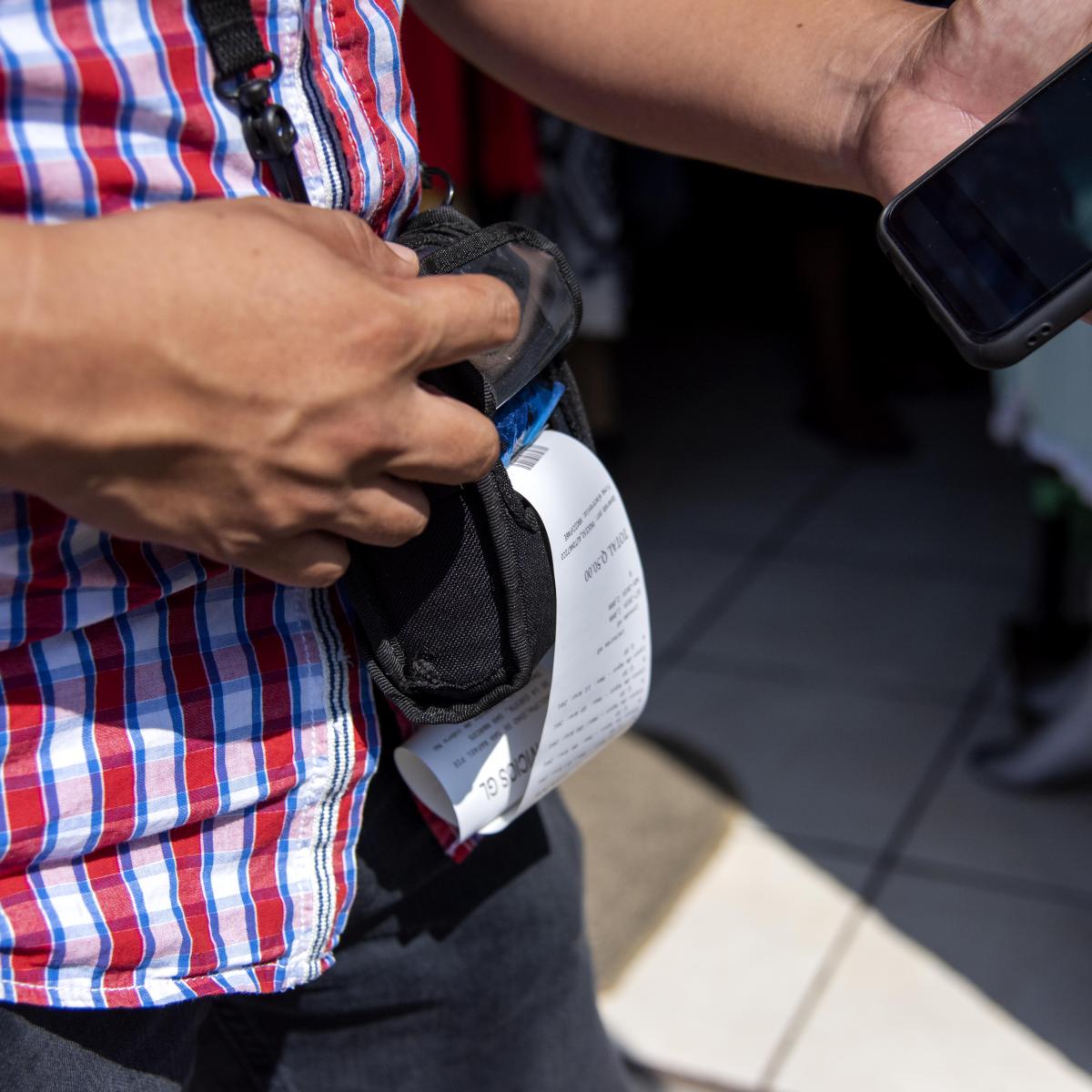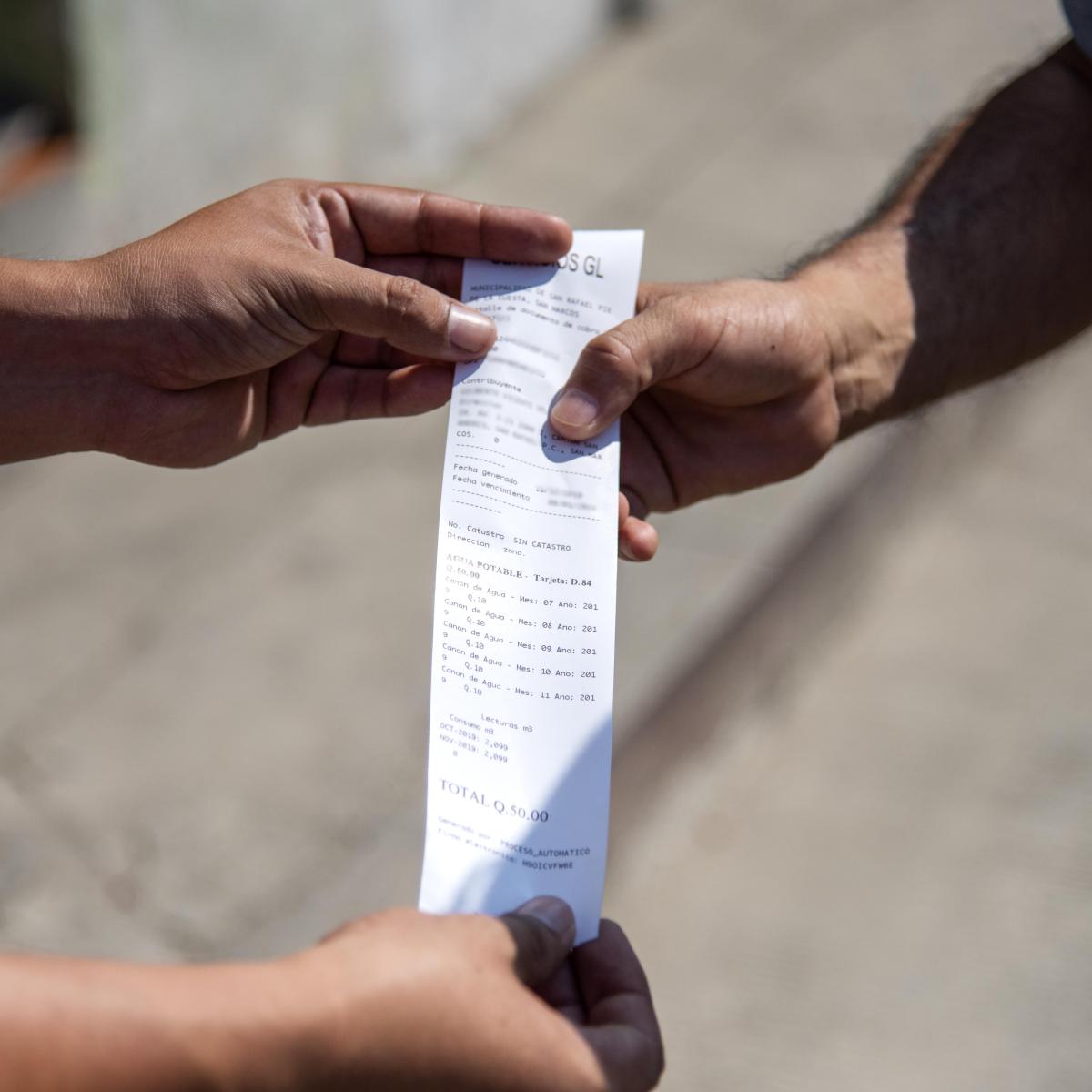Just add water
Communications Technology Contributing to the Journey to Self Reliance
Located in the foothills of the Sierra Madre Mountains, San Rafael Pie de la Cuesta is one of six municipalities in the Western Highlands of Guatemala that benefits from USAID's work in adapting communications technology to improve public service delivery. USAID's Nexos Locales project partnered with the Guatemalan Ministry of Finance on an innovative water metering and billing application in order to provide citizens with a transparent and effective means to pay their water bills.
Prior to USAID’s involvement, San Rafael Pie de la Cuesta was not unlike many other municipalities, where Municipal Water and Sanitation workers must hand write thousands of meter readings in a notebook every month and then enter all the data into a national billing system. This time and resource intensive system means that citizens wait up to five hours in line in just to pay their water bills, often discouraging them from paying at all.
To address this, USAID began by working with the Municipality to train staff on public finance management, citizen participation, and the technical aspects of the application. This resulted in a new and improved meter reading and billing system. The Municipality now uses GIS mapping to get a clearer idea of the water user landscape, even gaining real time insights into water users payment history. This saves the meter readers time and energy before they head out into the field.
Denis Vidal Mazariegos, one of San Rafael Pie de la Cuesta's Municipal Water and Sanitation specialists, moves quickly down the street dodging between market stalls and motorcycles. He nods hello to numerous people on his route, a known face in the neighborhood. Earlier in the morning he had already worked out his route using a GIS map and when he gets to his first meter he deftly lifts a concrete lid to reveal the small glass covered water meter.
Denis pulls his cellphone from his pocket and lowers it down to the meter. The cellphone application quickly takes a reading and the water user's name appears on his phone while usage information is automatically uploaded to the cloud.

A bill is quickly printed out and left under the door of the residence.
Today, the resident of the house comes out to receive his bill in person. He chats amiably with Denis and is clearly satisfied with the improved billing process. With a friendly "See you soon", Denis heads down the street to provide quality public services to one of his 9,380 customers.

This new water billing process increases transparency, reduces administrative costs, and reading errors, while streamlining the services. The billing process that used to take 44 days has been cut down to 9, and Municipalities are saving roughly $4,000 dollars a year on billing expenses. In the first three months of using the new application, San Rafael Pie de la Cuesta increased its own-source revenue three fold, raising approximately $5,263 in the first month of implementation alone. This frees up time and increases resources which the Municipality can put towards improving the water delivery infrastructure as well as protecting the watershed itself, a crucial source of clean water for the region. USAID's role in improving public service delivery is a key part of setting these municipalities firmly on their Journey to Self Reliance.
Credits
Photos by: Benjamin Ilka, USAID






